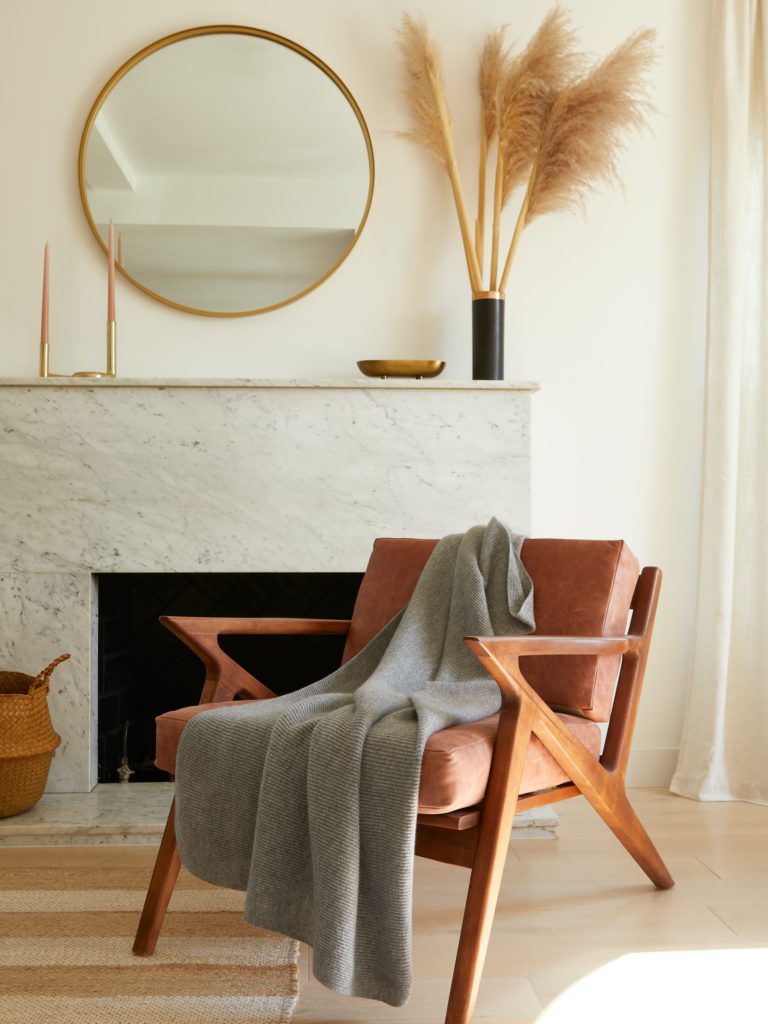Everyone has their unique tastes and vision for how they want their house to look, and we should all respect this diversity of thought and the fact that no two people can ever really share the same tastes. However, what do you do when you move in with your significant other and discover that you both have wildly different ideas for how you want your home to look?
Well, there are several ways to approach this situation, all of which can help you both adjust to the new realities of cohabitation effectively and respectfully.

Does it Matter Whether We’ Blend Styles’ or Not?
Cohabitation is a massive undertaking for a relationship. It means that you’ll see the most private and most familiar aspects of the life of your significant other. While that can be a great boon to your relationship and real evidence that you two belong together, it can also be a source of much conflict if left unmitigated. You want to resolve as much of the possible tension that there is so that you have the smoothest experience as a cohabitating couple.
The most important aspect of this whole equation is learning how to compromise so that you both have the chance to get what you want without feeling like the other person has cheated you out of your style choices. For interior decoration, it can often seem like an enormous challenge to blend your styles.
Figuring Out What Stuff to Keep
The absolute first thing that you two should be working out what how to handle all of your stuff. Maybe you decide that your significant other has a better taste in living room furniture, but you have a better appreciation for how a shared bedroom should look. Perhaps you both realize that together you have too much stuff collectively to be accommodated in your shared habitation realistically. You have to decide how much of it you want to keep and maybe get rid of some of it or shift it to storage.
You’ll always have a finite amount of space in any living space that you can fill up with your belongings, so you must do this wisely and avoid cluttering your living spaces. Nothing good in excess remains good, so avoid cluttering your rooms with excess furniture and belongings.
The first step towards figuring out what stuff you want to keep is by taking an inventory of all of the items that each of you individually owns, whether its pillows, sheets, beds, and couches. Once you have everything written down, you should discuss with your significant other what items they are entirely unwilling to let go of and which ones you are committed to keeping.
If you cannot immediately reach a consensus on this, which is more plausible than not, you should start making trade-offs. For example, maybe you decide to give up your bed, but in exchange, your significant other gives up a couch that you don’t want. In this way, you’ll be able to economize your decisions and reach a working solution.
Focus on What you Share in Common
Even if you and your significant other have wildly differing tastes on most things, you’ll find that there are always at least a few similarities that you can emphasize. For example, maybe both of you are fans of wall art, and specifically, you both enjoy abstract paintings. That’s a similarity you can emphasize and make the first step in your interior decorating plan.
It’s always better to figure out the similarities first and then work out differences to know what you both want before you start talking about what you don’t.
Do this with every single aspect of your living space. Start with discussing basic ideas on what you and your partner want your shared living space to look like, and list all the little details. For the time being, ignore all of the differences you have and work on the similarities.
Make a whole list of similarities in taste and decide upon specifics. For example, following the abstract wall-art example, try to figure out with your significant other what kind of abstract wall art you’d want in your house. Would you prefer to have a splash of color, or is something in black & white more appropriate for your tastes? Like before, when you’re discussing the specifics, try to make trades.
Let’s say you find that maybe you both like abstract wall art, but you like colorful abstract art. At the same time, your significant other insists on black and white pencil sketches, and let’s also assume that you share a mutual interest in tapestries. Still, you prefer more historical themed tapestries, but your partner is a big fan of modern designs.
To resolve this, each of you should figure out which of these two things you value more and choose just one of them. You get the historical tapestry, but your partner gets to have his abstract pencil sketches.
As you can probably notice by now, a lot of figuring out how to decorate with another person lies in figuring out what you like the most, what they like the most, and how to make a practical compromise between the two of you.
How to Handle Disagreements
Now that we’ve gone over the happy bits where you and your partner largely agreed on things, and there were relatively few matters to compromise on, now it’s time to address the most critical part of the equation: How do you deal with differences?
At first, this might seem a little daunting, and perhaps you feel that there is no real way, despite all the other things you share in common, for the two of you to be able to work through your differences in taste when it comes to interior design. If that sounds like you, I think you’d be pleasantly surprised to know that it is possible.
Respect the Other Person
The first thing that you can do reconcile your differences is to use many more- basic styles and colors for your living space and incorporate pieces closer to being neutral than strictly aligning with your tastes. This will allow you to unify your living space’s overall look better and make it easier for each of you to adjust to the existence of a vastly different, and maybe conflicting, interior decorating style within the same living space.
The more important thing that you can do for each other is accept that there will be some matters on which you two can’t agree. It’s completely normal for this to happen, people’s tastes differ more than they align, and it is perfectly fine for you to have a different perspective than your partner. It is also crucial to understand that there are no strict “right” or “wrong” answers when picking out a decorating style.
So, the best solution for figuring out how to handle your disagreements is to draw a list of the most important things to you and your partner, respectively, and then begin negotiating once again. Like before, the basic principle of a negotiation is to figure out what things you value the most and trade those you like the least.
For example, you could end up deciding that you just won’t let the living room go out of your sphere of influence, and your significant other is incredibly passionate about how they want the bedroom to look. That’s fine, you can keep the living room, and your significant other can have the bedroom. This is how compromise is made. Each of you still get to keep what you value the most, and for that, you trade in what you like the least. It’s a rational process that leaves you both better off in the end than if either of you refuses to allow the other to have any say in the whole process.
Don’t Be too Hasty
The bit of advice that I’d like to give on this topic is to tell you that even if everything else comes together fine, one of the biggest mistakes you could make would be to try to do things too quickly. Take the process slowly and take time to figure out the other person and what they want.
Think twice before either of you decides what they want or don’t want, so there’s no chance either of you will have regrets. If you feel like you’re stuck on a particular matter, that’s okay. Just take a break and try again later with some much-needed clarity.
Hopefully, reading this article will have helped you develop a good understanding of how you should approach blending styles when you move in with your significant other.
